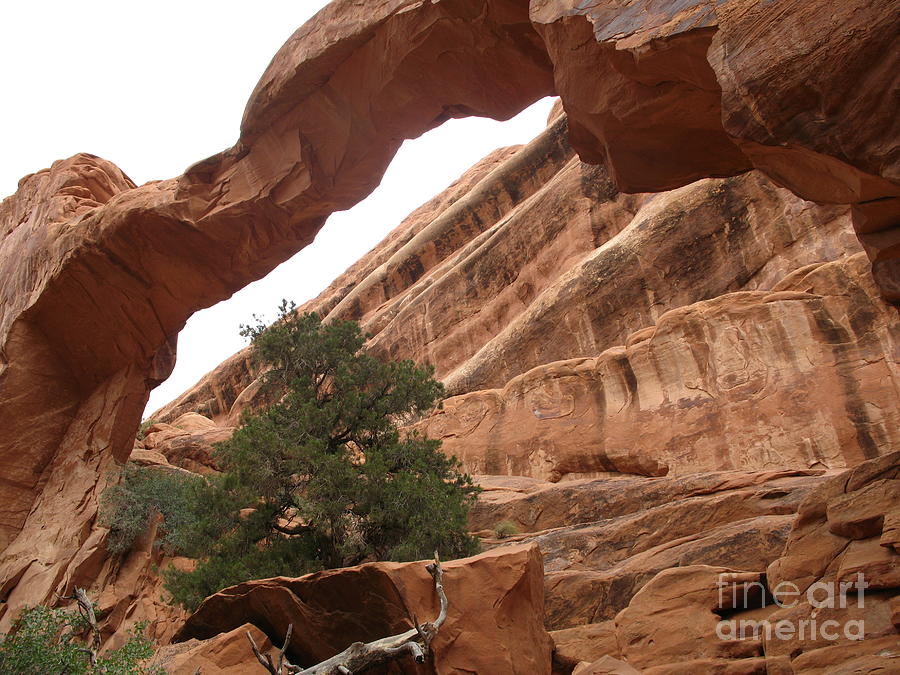

“It has a fundamental frequency of 13 hertz,” Moore explains. In Bryce Canyon, on the highly trafficked Navajo Loop Trail, is a small pair of arches called Two Bridge. Match the frequency of a specific rock, and its vibrations increase. “If you push at the same frequency, the swing will go higher and higher.” It’s the same principle that makes it possible to shatter glass with a high note matching the natural frequency of glass. Finnegan uses the analogy of pushing a person on a swing. Some formations are more susceptible than others, partly because of the pitch of their songs. Without the added vibration of a highway and railroad, the cracks in Rainbow Arch would likely have spread much more slowly, she says.


“Our question,” says Riley Finnegan, a geology doctoral candidate at the University of Utah, “is had that highway and railroad not been built there, would this arch still be standing?”įinnegan’s data suggests a link between the construction of artificial structures and the crumbling of natural ones. Just beyond that is a railroad track, used by Union Pacific since 2009 to transfer uranium tailings from the banks of the Colorado River to permanent storage. Rainbow Arch was located approximately 150 yards from a highway. Sometime in the winter of 2017, it collapsed.

Moore points to Rainbow Arch, a small formation that sat above the visitor’s center at Arches National Park. They respond to human actions, and, unchecked, those actions could spell their demise. But the rocks travelers hike past and clamber up aren’t immutable. Arches, Canyonlands, and Bryce Canyon national parks-thanks to their surreal tableaus of arches, alcoves, hoodoos, and epic canyons-see more than 5 million visitors a year. Understanding the human impact on rock degradation is more urgent than ever as national park visitation and accompanying noise hit record levels. This can cause fractures to expand much faster, upping the likelihood of when they’ll come tumbling down. Human activity is making the rocks shake harder, altering their frequencies. Moreover, data on rock songs indicates that people could be having an outsize impact on those life cycles. ( Plan an acoustic journey to the planet’s most melodious spaces.) This happens in a geologic time scale that’s not easy for humans to appreciate.” “Arches have a moment of birth, and then they erode out over tens of thousands of years, and eventually they die-they collapse. “An arch or a tower, it has a life cycle,” Moore says. Moore and his fellow researchers use the data recorded to predict the probability and timeline of a formation’s impending collapse. This rock music is more than a mere curiosity.
Collapse of landscape arch full#
The recordings are full of eerie rumbles, hums, and whines, much like a whale song or a bassline played on a glass jug. Since 2015, he has been using sensitive, carefully calibrated seismometers (about the size of a coffee mug) to record the vibrations. Moore realized the same tools would work on rocks. For decades, buildings in many cities have been monitored to track their structural health. “This is something we borrowed from engineering and transferred to geoscience,” he says. That is until Moore found a way to listen.


 0 kommentar(er)
0 kommentar(er)
